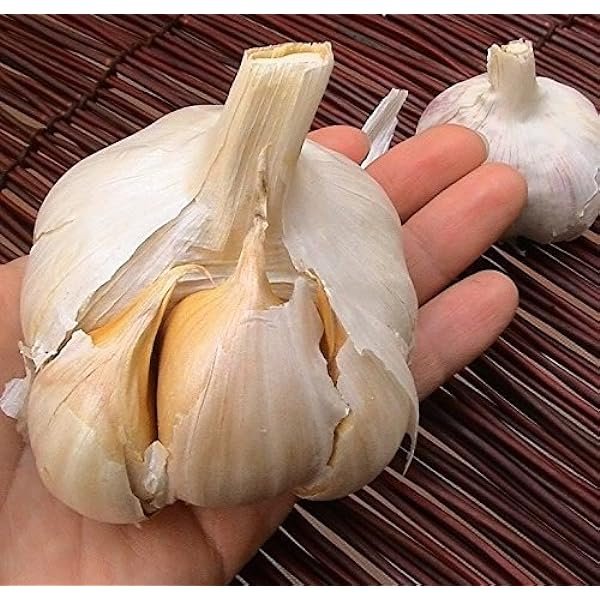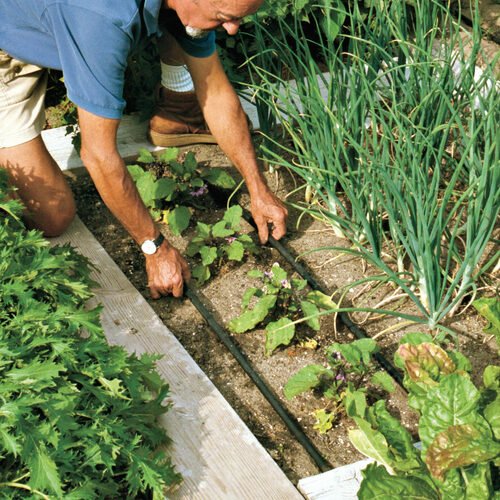G1 garlic farming involves meticulous soil preparation, optimal planting techniques, and balanced nutrient management to ensure robust growth and high yields. Regular monitoring and sustainable pest and disease control practices are crucial for maintaining healthy crops and achieving successful harvests.
G1 Garlic Farming in Pakistan: Unlocking the Secrets to Successful Garlic Cultivation
Welcome to our comprehensive guide on G1 garlic farming in Pakistan, where we delve into the intricacies of cultivating high-quality garlic and unlocking the secrets to success. As experts in the field, we understand the importance of providing you with valuable insights and practical knowledge to help you outrank other websites and establish your own successful garlic farming venture.

01. Introduction to G1 Garlic Farming
Garlic, scientifically known as Allium sativum, has been cultivated for centuries and is widely renowned for its culinary and medicinal properties. G1 garlic, specifically, refers to a high-yielding variety that has gained popularity among farmers in Pakistan. Its exceptional quality, robust flavor, and impressive bulb size make it a sought-after choice for both domestic consumption and export purposes.

02. Selecting the Right Garlic Varieties
To ensure a thriving garlic farming operation, it is crucial to choose the appropriate garlic varieties suitable for your specific climatic conditions. G1 garlic, known for its adaptability to the diverse Pakistani environment, proves to be an excellent choice. Its resistance to diseases and ability to yield large, healthy bulbs contribute to its widespread cultivation.

03. Soil Preparation and Planting Techniques
Successful garlic farming begins with meticulous soil preparation. G1 garlic thrives in well-drained soil enriched with organic matter. Before planting, ensure the soil is properly tilled and free from weeds. Adequate moisture retention is essential, so consider incorporating organic compost or well-rotted manure to improve soil fertility.
Planting garlic cloves at the right time is crucial for optimal growth. In Pakistan, the ideal planting period for G1 garlic is typically between September and October. Cloves should be spaced apart, approximately 6-8 inches, in rows 12-18 inches apart. Ensure proper depth, planting each clove with the pointed end up, at a depth of 2-3 inches.

04. Nutrient Management and Irrigation
Maintaining a balanced nutrient profile is essential for robust garlic growth. Conduct a soil test before planting to determine any deficiencies and adjust accordingly. During the growing season, provide adequate amounts of nitrogen, phosphorus, and potassium to promote healthy plant development. Remember to follow recommended dosages to avoid nutrient imbalances.
Regular irrigation is vital to ensure garlic receives sufficient moisture. However, excessive watering should be avoided, as it may lead to fungal diseases and hinder bulb development. Monitor soil moisture levels and water accordingly, aiming for consistent, moderate moisture throughout the growth cycle.

05. Disease and Pest Management
Protecting your garlic crop from diseases and pests is paramount to achieving optimal yields. Common diseases that affect garlic include white rot, downy mildew, and purple blotch. Employ preventive measures such as crop rotation, ensuring proper sanitation, and using disease-resistant garlic varieties. In case of severe infestation, consult with agricultural experts for appropriate treatment options.
Pest control is equally important in garlic farming. Common pests include aphids, thrips, and nematodes. Regular scouting, introducing beneficial insects, and using organic pest control methods can help maintain a healthy garlic crop. Practice integrated pest management strategies to minimize the use of chemical pesticides and ensure a sustainable farming approach.

06. Harvesting and Storage Techniques
As the garlic plants mature, it is essential to monitor their progress closely. Harvesting is typically carried out when the lower leaves turn brown and dry. Gently loosen the soil around the bulbs, ensuring not to damage them during the process. After harvest, allow the bulbs to cure in a well-ventilated area with low humidity for approximately two to three weeks.
Proper storage techniques are crucial to maintain the quality and shelf life of your garlic produce.